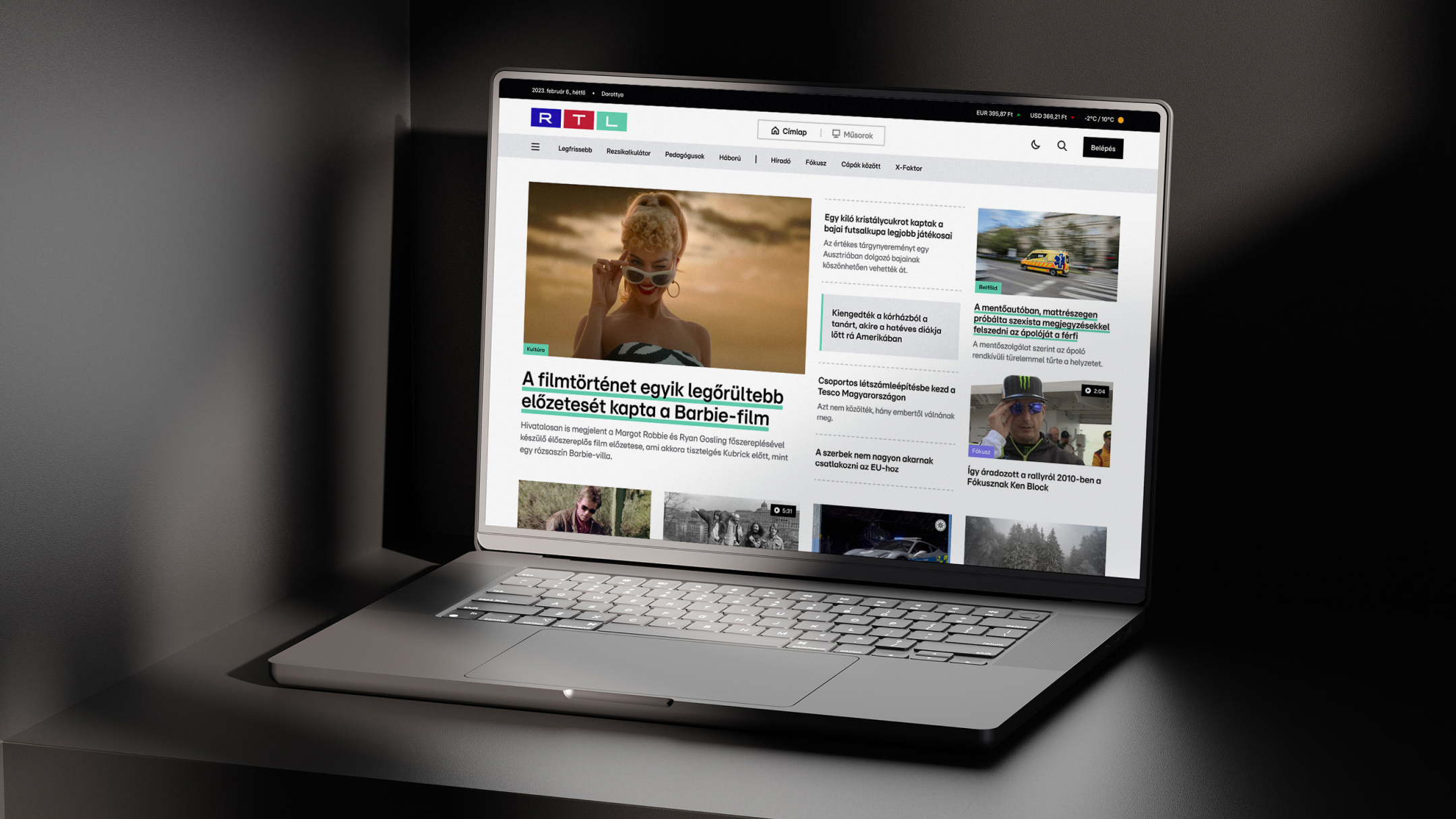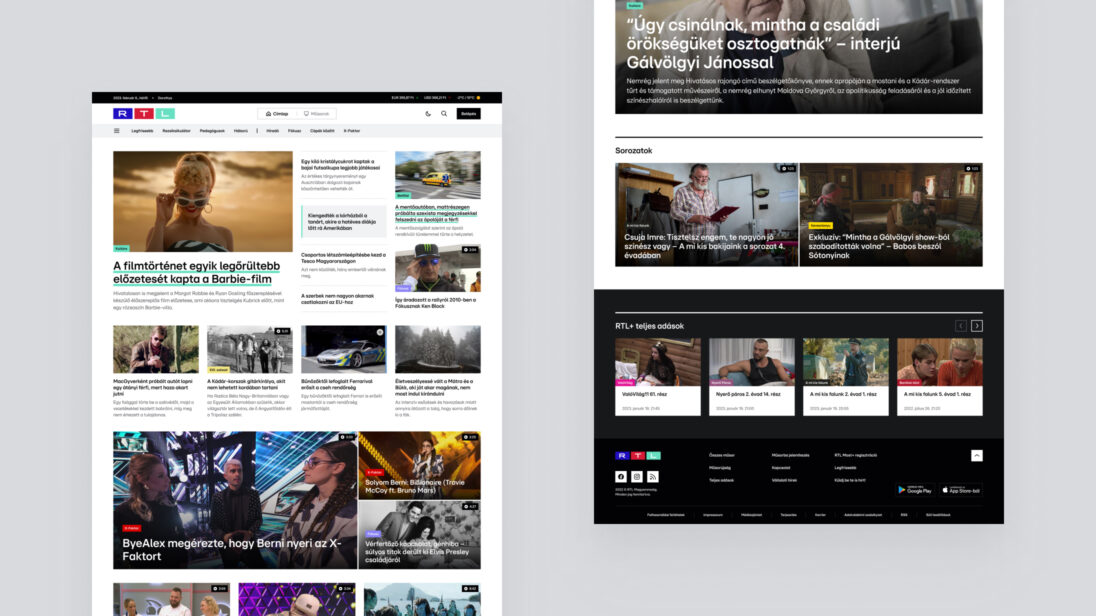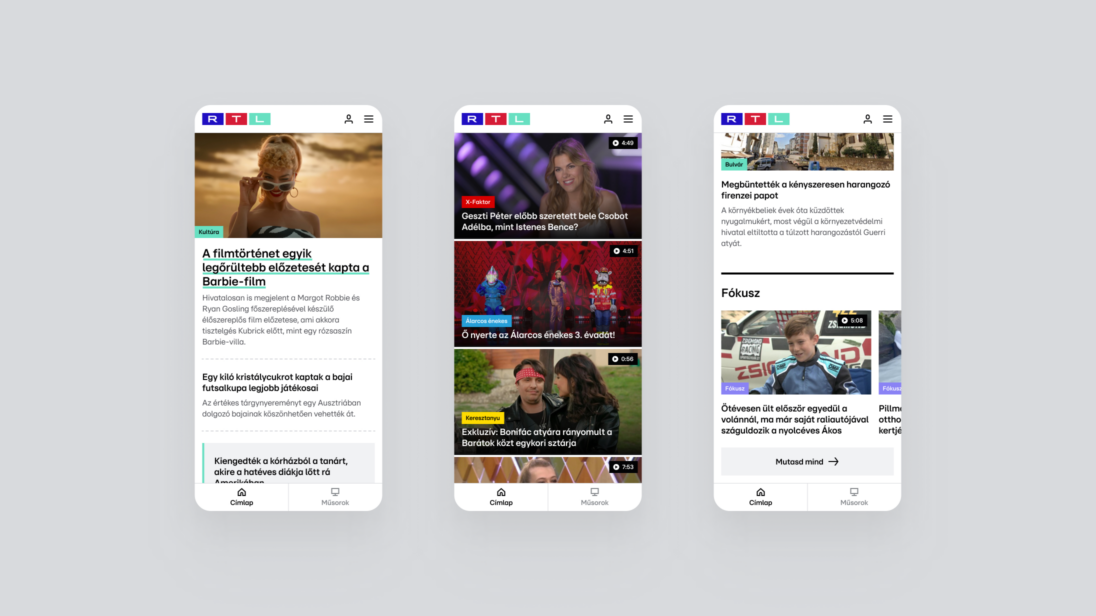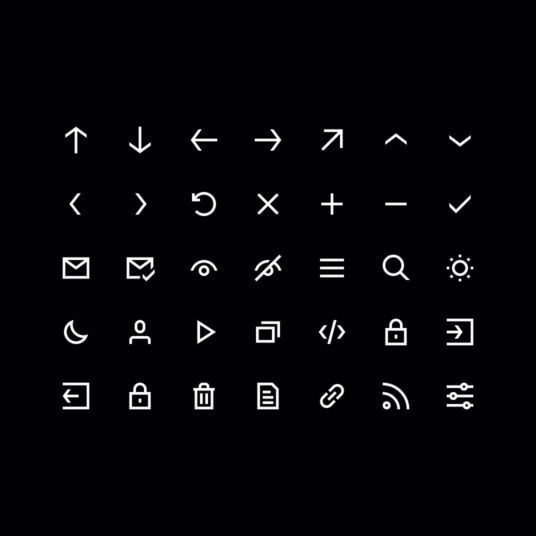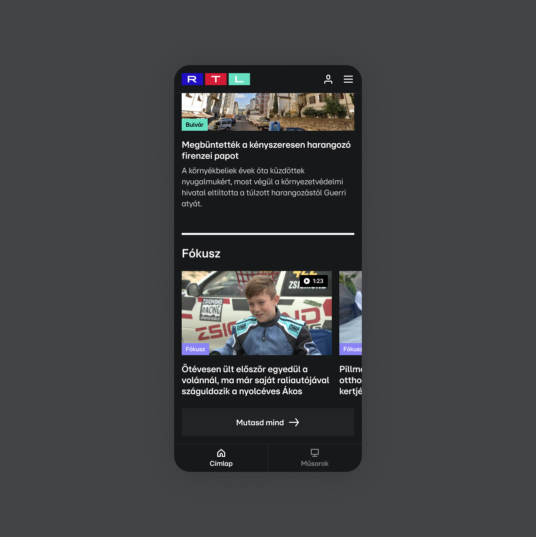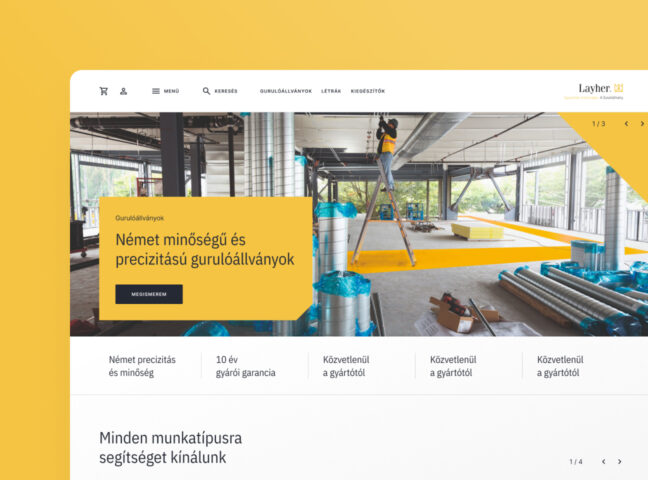Project Goal
Virgo Systems partnered with RTL Hungary to redesign their digital platform, transitioning from a video-first website, (which was also designed by Virgo Systems in 2019) into a comprehensive news portal. This project involved an overhaul of UX/UI design, integrating both text and video content for an engaging user experience. The redesign was supported by Virgo’s front-end and back-end development, ensuring optimal performance across web and mobile platforms.
RTL Hungary sought to transform their existing video-centric platform into a comprehensive news portal. The challenge was to combine video content with more text-based articles, ensuring that both forms of content complement each other and drive engagement. The goal was to integrate RTL’s news articles, TV shows, and promotional content into a single, coherent digital experience.
